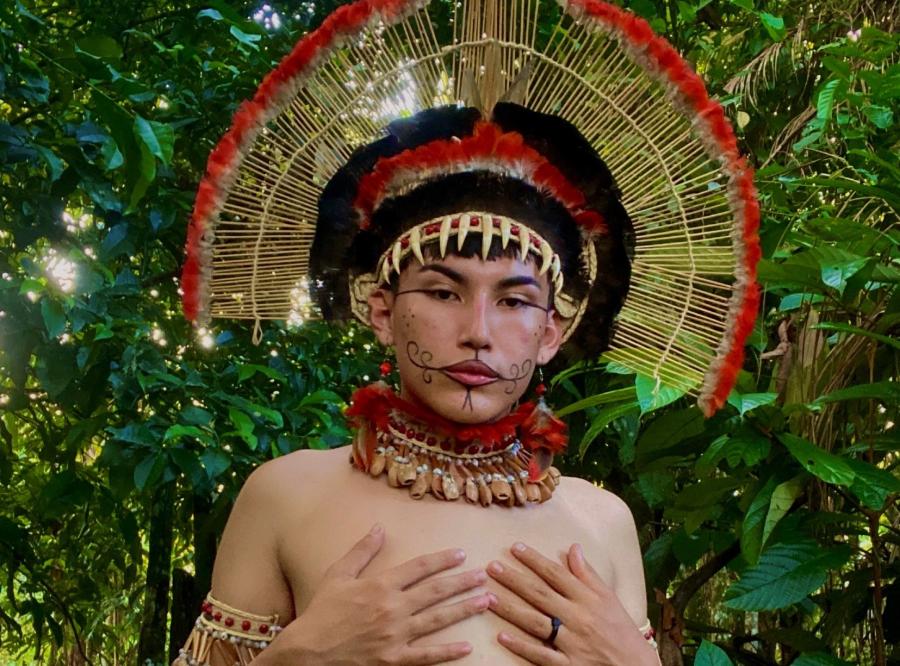One of the most encouraging outcomes of the eighth biannual meeting of the United Nations Convention on Biological Diversity, held in Curitiba, Brazil, from March 20–31, was the announcement that several Asian and Pacific Island nations will collaborate to create transnational park reserves.
The largest of these efforts will take the form of a wildlife sanctuary in Kiribati, a tiny atoll nation composed of 33 islands, located approximately halfway between Hawai’i and Australia. At 73,800 square miles, the marine protected area will be the first to include deep-sea habitat.
Elsewhere in the Pacific, the governments of Palau, Micronesia, and the Marshall Islands jointly agreed to preserve a cross-border area covering more than 4 million square miles. The president of Palau, Tommy Remengesau, who announced the Micronesia Challenge initiative, credited his nation’s commitment to the conservation effort to the “strong partnerships within Palau, between the national and state governments, and with traditional leaders and local communities.”
But these landmark conservation agreements were among the very few bright spots in a meeting that was widely criticized for its excessive length, lack of concrete resolutions, and, perhaps most disconcertingly, lack of participation by indigenous delegates. Indigenous voices were all but excluded from the conference’s weightiest topics of discussion: genetic use-restriction technologies (GURT) and the establishment of binding international policy on access to and benefit sharing of genetic resources.
The establishment of a so-called “genetic resources regime” is particularly crucial for countries such as Mexico and Brazil, which have a high degree of biodiversity as well as large indigenous populations. At issue is the theft of intellectual property: Traditional knowledge and practices have directly contributed to much of the biological diversity that governments, pharmaceutical companies, and biotech corporations seek to profit from through development and restrictive patenting.
Nearly 4,000 delegates representing 173 countries—a figure that does not include the United States, which is not a party to the convention—attended the 11-day event, though indigenous participants were vastly underrepresented, accounting for just 200 of these delegates. In the Philippines, for example, “only one or two” of the country’s 110 indigenous groups were reportedly allowed onto the delegation.
While indigenous activists were largely restricted from attending the main sessions, numerous indigenous-led coalitions did manage to maintain an active presence throughout the conference at independent side events.
Among the more visible of these groups were the International Indigenous Forum on Biodiversity—with which 180 of the 200 indigenous activists were affiliated—and the Andean Network to Combat Biopiracy, which held a debate on combating the unauthorized use of genetic resources and traditional knowledge.
Organizing around a similar theme, the Indigenous Coalition Against Biopiracy in the Andes convened at the start of the convention to sign a “strongly worded” letter encouraging Swiss biotech firm Syngenta International to discontinue its patent on a strain of genetically modified potatoes.
The Syngenta potato is deliberately designed to sprout only if treated with a chemical made by the company. This “terminator technology” is a form of Genetic Use Restriction Technologies that limit the ability of plants to reproduce by rendering their seeds sterile. The convention established a moratorium on the commercial use and testing of terminator technology in 2000, but Syngenta’s potato exploits a weak spot in the moratorium’s definitions, allowing the company to patent the vegetable.
Although the coalition’s letter specifically referred to a particular breed of potato, it encapsulated the indigenous perspective that was conspicuously missing from the convention: “We feel greatly disrespected by corporations who, by making a single genetic alteration to a plant, claim private ownership to it as their invention, despite the fact that these plants are the result of thousands of years of careful selection and breeding by indigenous peoples and local communities around the world.”


